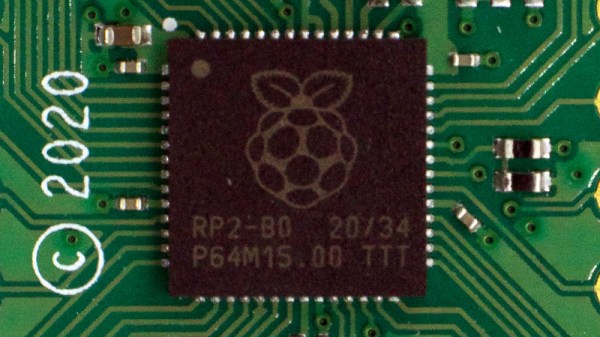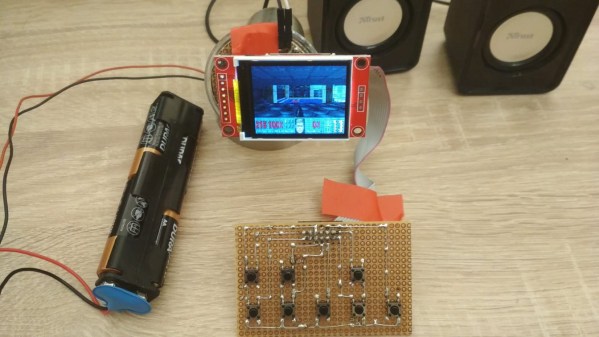[Dmitry Grinberg] is an adept tinkerer who wanted a much larger RAM space on his Raspberry Pi 2040 (RP2040) than the measly 264kb on-board SRAM. The chip does support 16MB of off-flash memory via a QSPI bus, but this must be accessed explicitly rather than being memory mapped. With clever trickery involving XIP (Execute in Place), Dmitry mapped 8MB of external QSPI RAM into the address space.
XIP mode allows the chip to fetch data on-demand from an external chip and place it into RP2040 caches mapped at 0x10xxxxxx. The RP2040, although incredibly versatile, has a limitation – it can only perform read and execute operations in its XIP mode. The first step to solving this was to get data from persistent storage to RAM on boot. Armed with a dual-OR gate IC, an inverter, and two resistors, [Dmitry] can toggle the nCS pin that selects between flash and RAM. A first-stage bootloader copies the program from flash to RAM, then sets up XIP mode and launches into a second-stage loader.













